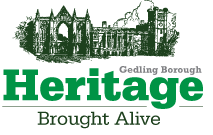Historic Places to Visit
Arnold Arnold lays claim to two world-class personalities, Thomas Hawksley and Richard Parkes Bonington. Boasting a Green Flag award are the beautiful Arnot Hill Park and House, once the home of Thomas Hawksley, who developed the modern fresh water supply system in our homes. Next door, in the foyer of Gedling Borough Council’s offices, is the imposing statue of Richard Parkes Bonington, one of the greatest landscape artists of the first half of the 19th century. He was born at Bonington House, which still stands approximately half a mile northward. Also, in Arnold are St Mary’s, a 14th century parish church remodelled in the 19th century and a 20th century Methodist church, with its distinctive round construction. There are three nature reserves: Calverton Road, the Hobbucks and Faith Marriot. Contact Details:
- Arnot Hill Park: NG5 6LU; open from dawn to dusk
- Council Offices (Bonington statue): NG5 6LU; gedling.gov.uk for opening times
- Bonington House: NG5 7DN; call 0115 952 7949 for opening times
- Mary’s Parish Church: NG5 8HJ; www.stmarysarnold.org.uk
- Methodist Church: NG5 7EL; arnoldmethodistchurch.org
- Calverton Road Nature Reserve: NG5 8FS; nottinghamshirewildlife.org
- The Hobbucks Nature Reserve: NG5 8DB; nottinghamshirewildlife.org
Faith Marriot Nature Reserve: NG5 6SP; www.nottinghamshirewildlife.org
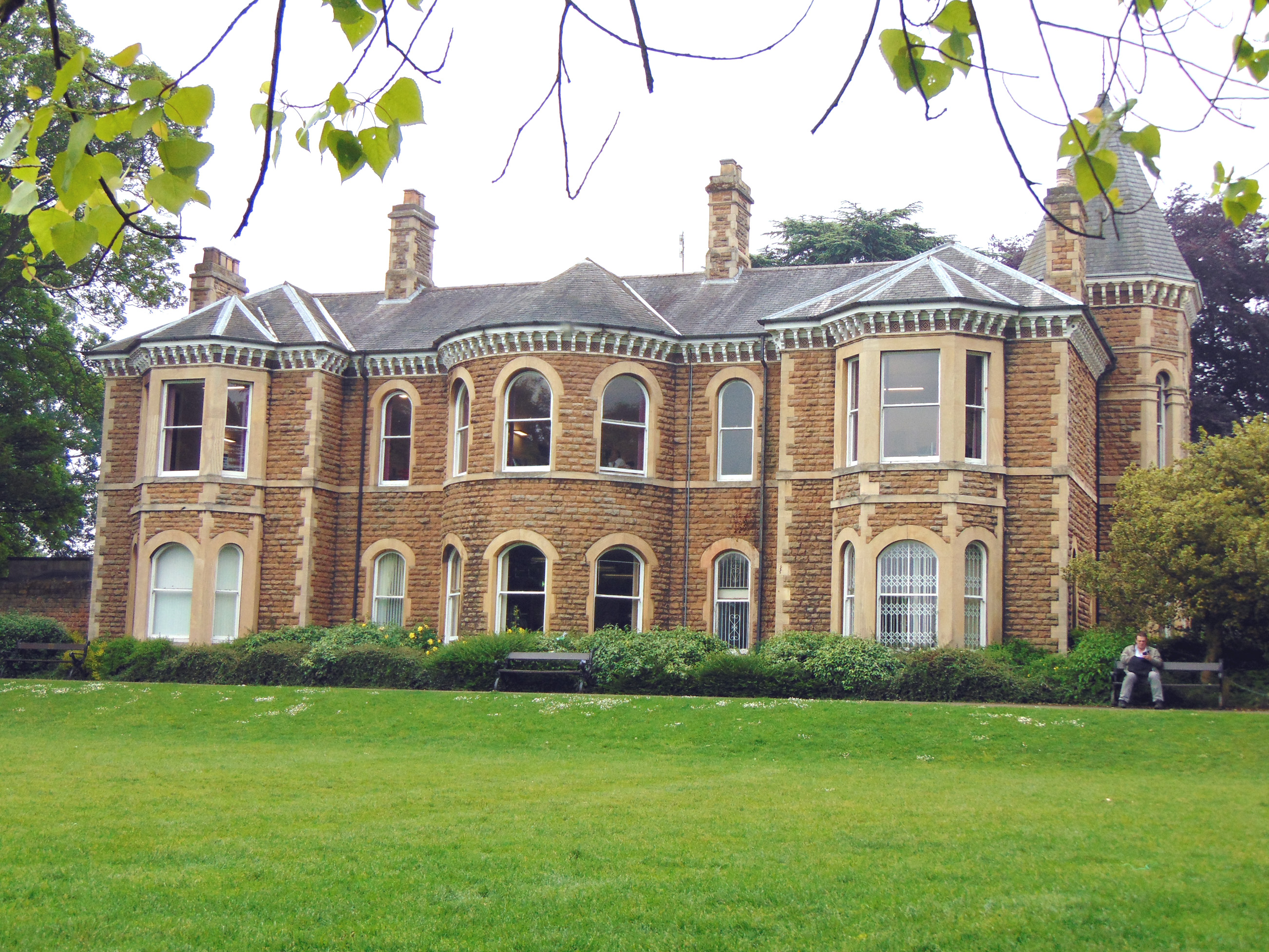
BestwoodAdjacent to a well-preserved Victorian coal mining village are the historic Bestwood Country Park and Lodge, closely associated with King Charles II, his mistress, Nell Gwynn, and their heirs, the Dukes of St Albans. For over 100 years part of the site, since landscaped, was host to a coal mine. The Winding Engine House survives, with working engines, a headstock and a dynamo house, which now accommodates a café and heritage centre; these, together with the historic village, form a conservation area. Contact Details:
- Bestwood Village: NG6 8TQ
- Bestwood Country Park & Lodge entrance: NG5 8HT; fbcp.org.uk/winding-engine-house.html &
www.nottinghamshire.gov.uk/cultureleisure/country-parks/bestwood
- Engine House, Headstock & Dynamo House: NG6 8TQ; nottinghamshire.gov.uk/culture-leisure/country-parks/bestwood-winding-engine-house & https://en.wikipedia.org/wiki/Bestwood_Country_Park
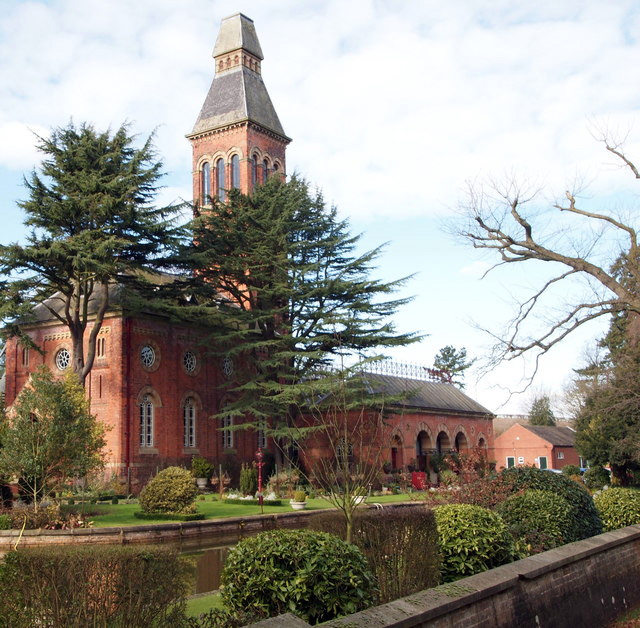
Bestwood Pumping Station
This ornate Victorian pumping station, opened in 1874 and closed in 1964, is one of two such buildings in the borough, developed by Thomas Hawksley to provide fresh water for the city of Nottingham and its suburbs. Contact Details: At the time of printing, the property remains unused although clearly visible from the roadside: Mansfield Road, Nottingham, NG5 8PH Burnt Stump

Country Park The 37 acres (15ha) of parkland are the remains of the estate formerly surrounding a large house built in 1790 but subsequently demolished. The playing fields and woodland walks are accessible all year round.
- Contact Details: NG5 8PQ; open from dawn to dusk.
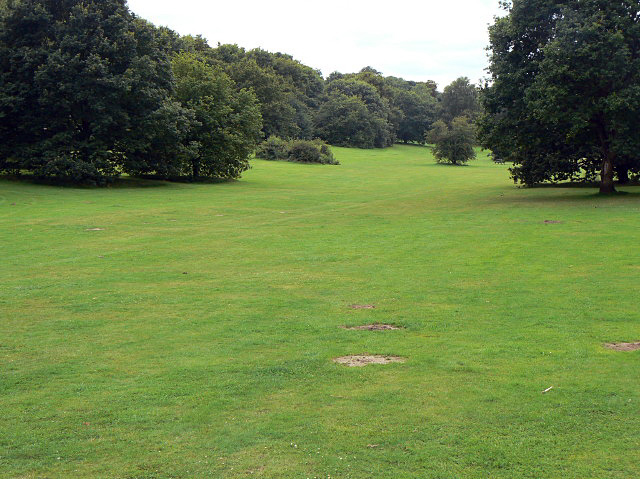
Burton Joyce This riverside village has a well-marked heritage trail round a number of interesting buildings such as the manor house, parish church and stockingers’ cottages. A riverside walk enables the visitor to enjoy natural beauty whilst the village museum provides information about a thousand years of history. The famous cricketer, Alfred Shaw, born in Burton Joyce in 1842, had the distinction of bowling the first ball at Melbourne in the first ever Test match in Australia in 1877. Contact Details:
- The village heritage trail: boards are placed in the village and trail details can also be found at http://www.bjblhs.org.uk/burton-joyce-and-bulcote-heritage-trail/
- Scenic pub walks also start from the village; details can be found on the same website.
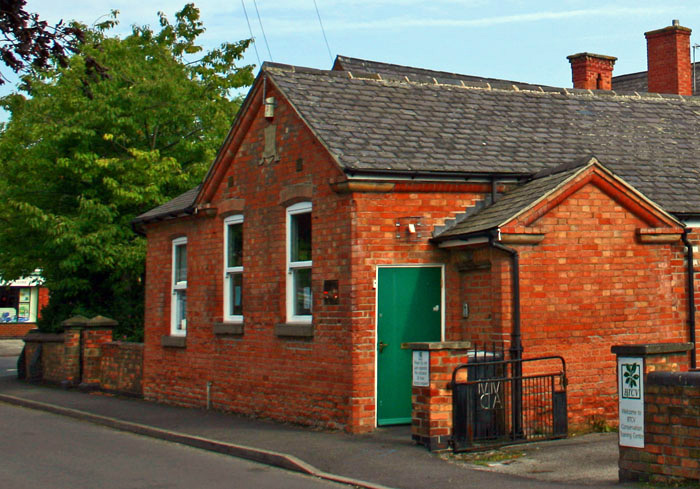
Calverton Calverton, much of which is a conservation area, is world renowned as the birthplace of the Framework Knitting Machine invented by William Lee in 1589. The story of this forerunner of modern knitting and lace manufacturing machines is told in the village Folk Museum. The parish church of St Wilfrid dates to the 13th century but extensively rebuilt in later centuries. Other noteworthy buildings are the Baptist chapel and an early 19th century brick-built hosiery factory on Main Street. Contact Details:
- Village heritage: NG14 6FB; calvertonvillage.com
- Folk Museum: NG14 6LU; open from 2 to 4pm on the last Sunday of the month from April to September; other times can be arranged if required; calvertonvillage.com/folk-museum
- St Wilfrid: NG14 6GF; http://stwilfrids-church.co.uk.
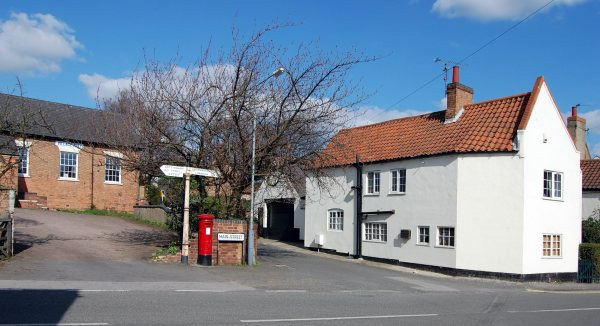
Calverton Nature Reserves & Polish Airmen’s Memorial Fox Covert Plantation is a mixed deciduous woodland within the ancient boundaries of Sherwood Forest, covering more than 17 acres (7ha), with oak and birch the principal species. The wood is linked by a grassy ride to two open areas of sycamore and acid grassland, with over thirty common species of ground flora. Neighbouring this plantation is the Calverton Colliery Nature Reserve, a reclaimed spoil-heap. During World War II, a Fairey Battle aircraft flown by Polish airmen crashed into the fields near Calverton, killing all three occupants. A memorial erected in Watchwood Plantation is accessible by footpaths in the woodland. Contact Details:
- Fox Covert & Calverton Colliery: NG5 8PQ; nottinghamshirewildlife.org/nature-reserves/foxcovert-plantation
- Memorial: NG14 6PE; http://branches.britishlegion.org.uk/branches/calverton/polish-cross-memorial
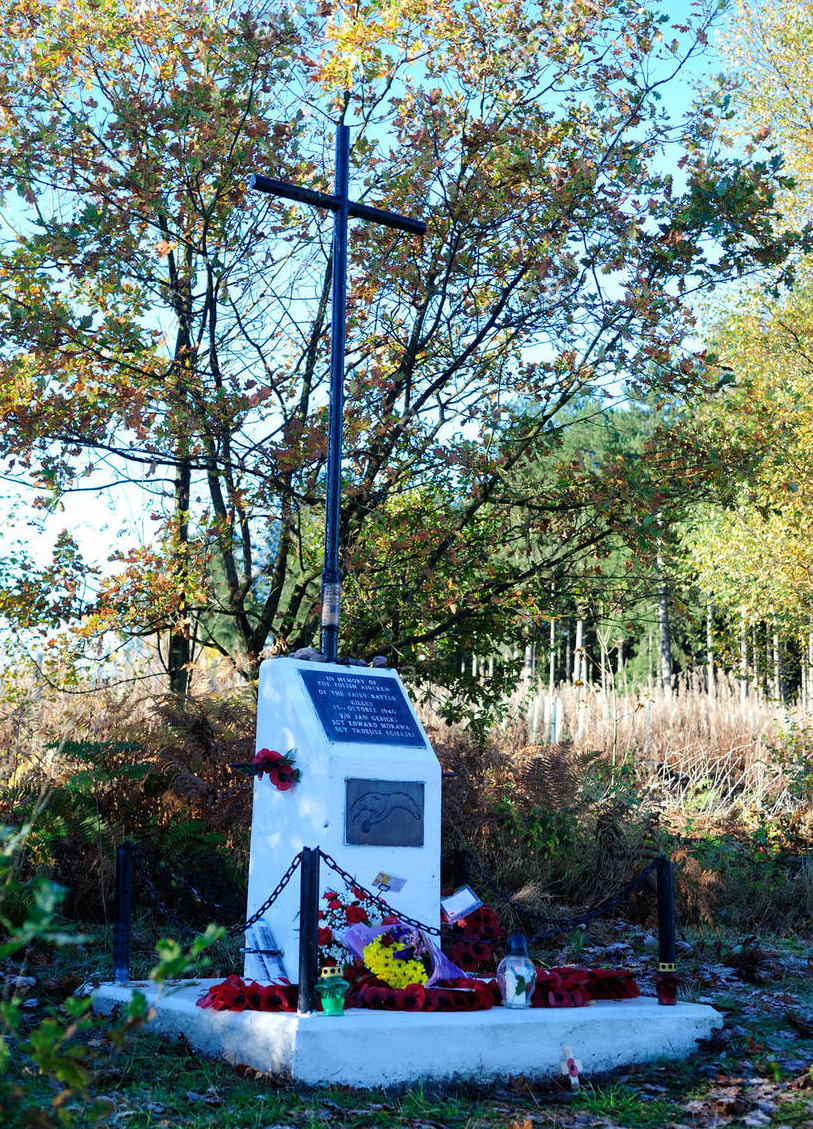
Carlton During the Victorian era Carlton developed from a hamlet to a suburban township. Primarily a dormitory town, with a strong and active Christian population, Carlton is proud of its notable churches:
- St John the Baptist, built in 1956, a large, modern Anglican church;
- St Paul’s, the first Anglican parish church built in the style of a Roman Basilica and consecrated in 1885;
- Main Street Methodist Church, on Carlton Hill, is built of red brick, with ornate window tracery on the front façade;
- Sacred Heart Roman Catholic Church, consecrated in 1931, a large brick structure in Romanesque style, with
overhanging cornices. Contact Details:
- St John the Baptist: NG4 1BP; http://stjohnscarlton.org.uk
- St Paul’s: NG4 1BJ; stpaulscarlton.org/index.html
- Carlton Hill: NG4 1EE; nottinghameastmethodistcircuit.org.uk/mainstreet.html
- Sacred Heart: NG4 1FP; http://sacredheartcarlton.com
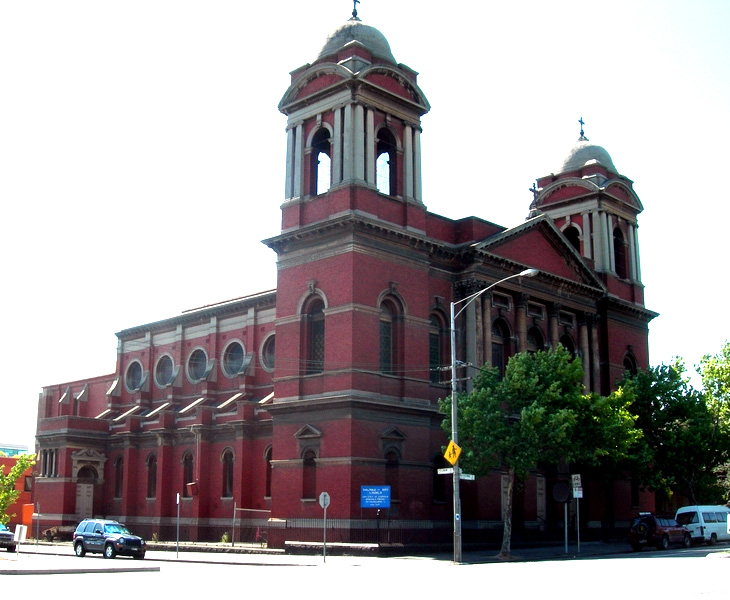
Daybrook The imposing parish church of St Paul, completed in 1895 and with its spire added in 1897, overlooks the A60. Next door to the church is a fine example of Victorian alms houses, constructed for former employees of the Home Brewery. The brewery, Daybrook’s most noteworthy building, is on the other side of the alms houses. Contact Details:
- Church of St Paul: NG5 6BH; achurchnearyou.com/church/17964/
- Alms Houses: NG5 6BW; exterior visible from the road
- Home Brewery: NG5 6BD; exterior visible from the road Link to brewing page on this website
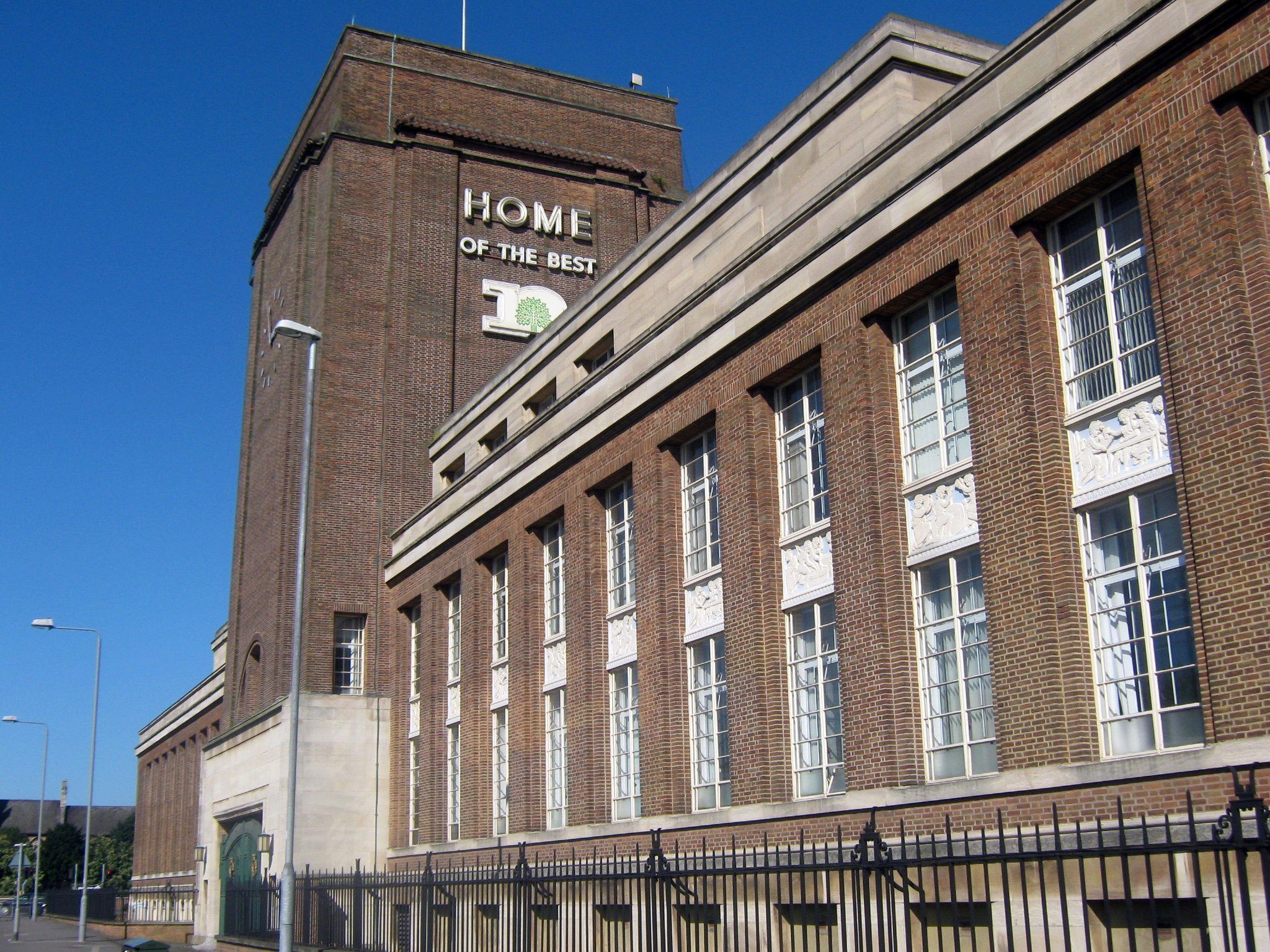
Gedling Village with Gedling Country Park & Café, Burton Road Jubilee Park and village attractions The parish church, All Hallows, boasts the second tallest spire in Nottinghamshire. In the village are a fine set of alms houses, a disused railway station, a fascinating memorial to local miners in the shape of a miner’s lantern, and an ancient public water fountain. Further afield there are five parks, two of which have been awarded the prestigious Green Flag: Burton Road Jubilee Park and the 580-acre Gedling Colliery Country Park, a reclaimed colliery spoil-site which has its own café. Other village parks include: Willow Park, Gedling House Meadow and Gedling House Wood nature reserves. Contact Details:
- All Hallows: NG4 4BE; allhallowsgedling.co.uk
- Alms Houses: NG4 4HD; visible from the road
- Train Station: NG4 3GY; gedlingstation.com
- Miners’ Memorial: NG4 3HE; on the roadside
- Water Fountain: NG4 3HE; on the roadside
- Burton Road Jubilee Park: NG4 2SH; open daily
- Gedling Colliery Country Park: NG4 4PE; open daily; gedlingcountrypark.org.uk
- Willow Park: NG4 4BQ; open daily
- Gedling House Wood & Meadow: NG4 4AF; fghw.org.uk.
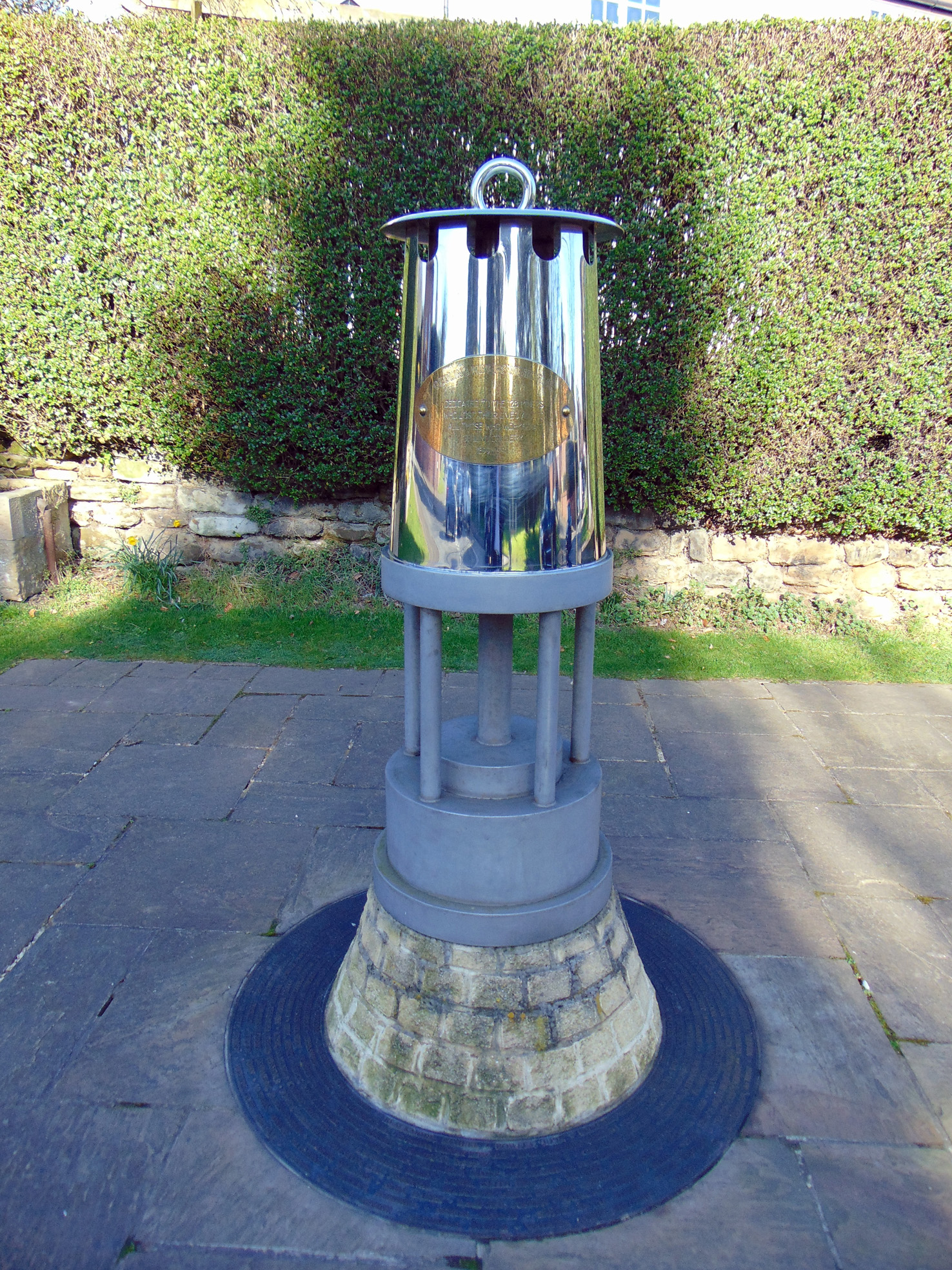
Lambley This ancient, pretty village is known for its outstanding Dumbles, small wooded valleys carved by moving glaciers, offering several beautiful walks. The Reed Pond nature reserve is also not to be missed when visiting Lambley. The village conservation area is presided over by Holy Trinity parish church, dating from the 12th century and rebuilt in the 15th century. With its medieval glass surviving, Holy Trinity is the most complete Perpendicular- style church in Nottinghamshire. Lord Ralph Cromwell was influential in the building of the 15th century church as well as Tattershall Castle in Lincolnshire. Contact Details:
- Village (Heritage): NG4 4PP; lambleyheritage.co.uk/index.html
- Holy Trinity: NG4 4QB; for opening times call 0115 987 2717
- Reed Pond Nature Reserve: NG4 4QJ, nottinghamshirewildlife.org/nature-reserves/reed-pond

Linby A picture-postcard village with many historic buildings, set within a conservation area. A brook runs on either side of the main road, with, at both ends of the village, an ancient cross, one of which has a unique seven-sided base. The Victorian Weigh Station has been converted into a heritage centre, while the mediaeval parish church of St Michael retains its basic structure from the 12th & 15th centuries. Contact Details:
- Village: NG15 8AE; https://linby.org.uk
- Church of St Michael: NG15 8AB; https://stmichaelstjames.wordpress.com
- Weigh Station: NG15 8AE; geograph.org.uk/photo/3227668

Netherfield Lagoons A nature reserve close to the River Trent, developed from former gravel pits and colliery lagoons, that has become a popular attraction for both wildlife and people. Contact Details: Best approached from the Colwick Loop Road via Victoria Retail Park. Take Teal Close, left off the second roundabout and park near the end of the road. Cross the Ouse Dyke and walk right, along the north bank, until you reach the footbridge (about 1/4 mile). Cross the footbridge to enter the nature reserve. www.gedlingconservationtrust.org/netherfield-lagoons
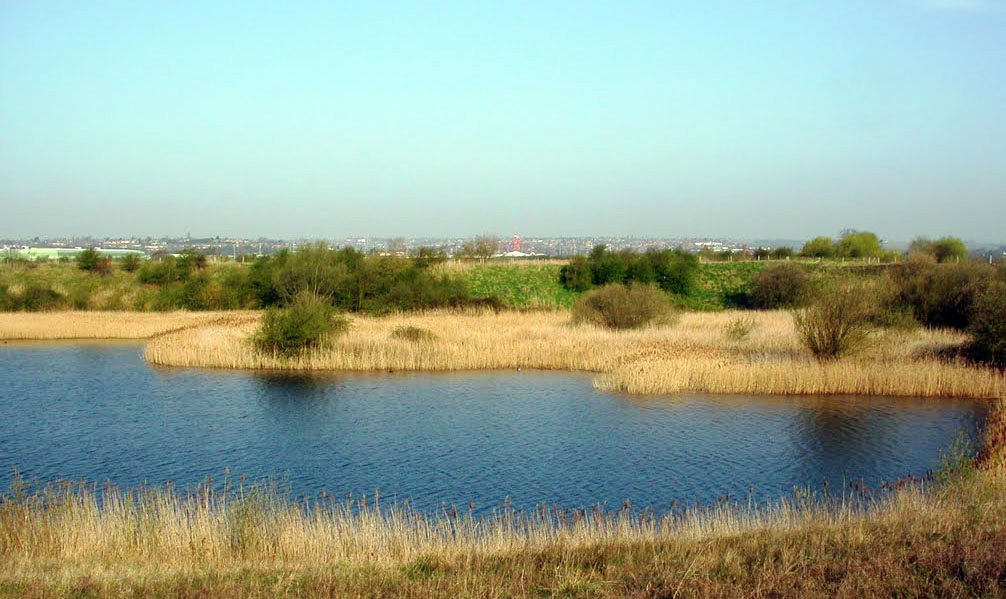
Newstead Newstead Abbey is known world-wide as the ancestral home of the poet Lord Byron. The 12th century monastic building was converted to a country mansion and is a world-class visitor destination. The village of Newstead is a Victorian mining community that now sits next to the maturing Newstead and Annesley Country Park, created from former colliery spoil-heaps. Contact Details:
- Newstead Village: NG15 0BU
- Newstead Abbey: NG15 8NA; newsteadabbey.org.uk
- Country Park: NG15 OBT: ruralcommunityactionnottinghamshire.co.uk/newstead-annesleycountry-park

Papplewick The village of Papplewick, a conservation area, is a picturesque English village. The Griffin’s Head pub is the local landmark, standing at the centre of the village. Main Street retains two terraces of 18th century cottages, as well as many of its old stone-built agricultural buildings, most now converted to housing. The parish church of St. James was rebuilt in 1795, apart from the church tower, which dates from the 14th century. Papplewick Hall is an impressive building. Within the Moor Pond Woods there are paths leading round several outstanding waterways of bygone mills, some of which have survived in different guises. Contact Details:
- Village: NG15 8EN; papplewick.org/index.html
- Church of St James: NG15 8FD; https://stmichaelstjames.wordpress.com
- Papplewick Hall: NG15 8FE; historichouses.org/houses/house-listing/papplewick-hall.html
- Moor Pond Woods: http://moorpond.papplewick.org/

Papplewick Pumping Station Believed to be Britain’s finest Victorian water works, the only one in the Midlands to be preserved as a fresh water pumping station, with working steam engines. The ornate engine house and buildings, built in 1884, are scheduled ancient monuments. Conserved in working order, the steam engines, as well as the buildings and grounds, are frequently open to the public. Contact Details: NG15 9AJ; www.papplewickpumpingstation.org.uk
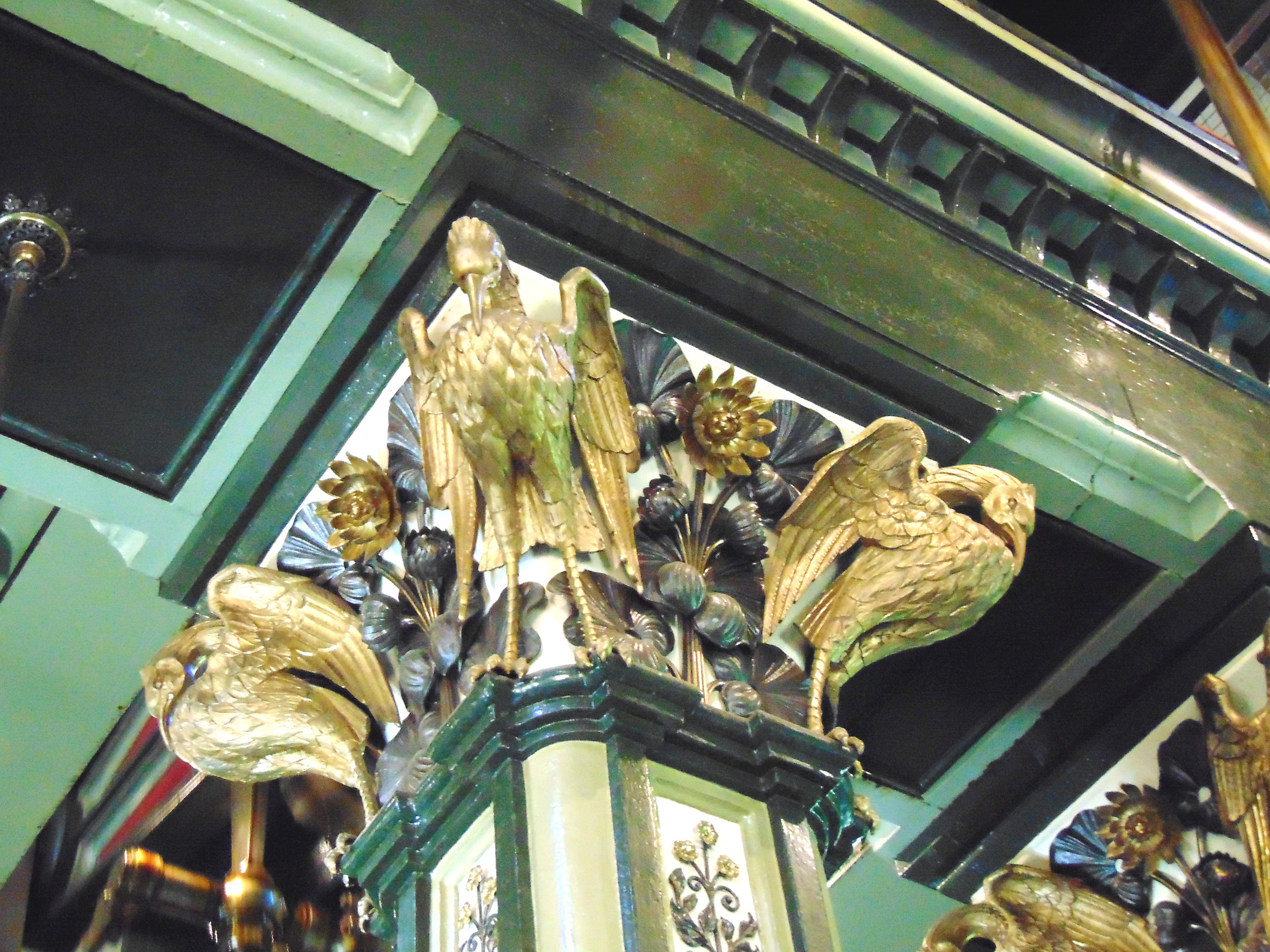
Patchings Art Centre A unique centre promoting the enjoyment of art, with three galleries and monthly exhibitions, art materials, gift shops, restaurant and a framing service. Studio artists work in a variety of media. There is an art school programme to suit a range of levels and interests. Contact Details: NG14 6NU; Open daily from 9am to 5:30pm except for the period covering from Christmas Day to New Year’s Day; www.patchingsartcentre.co.uk
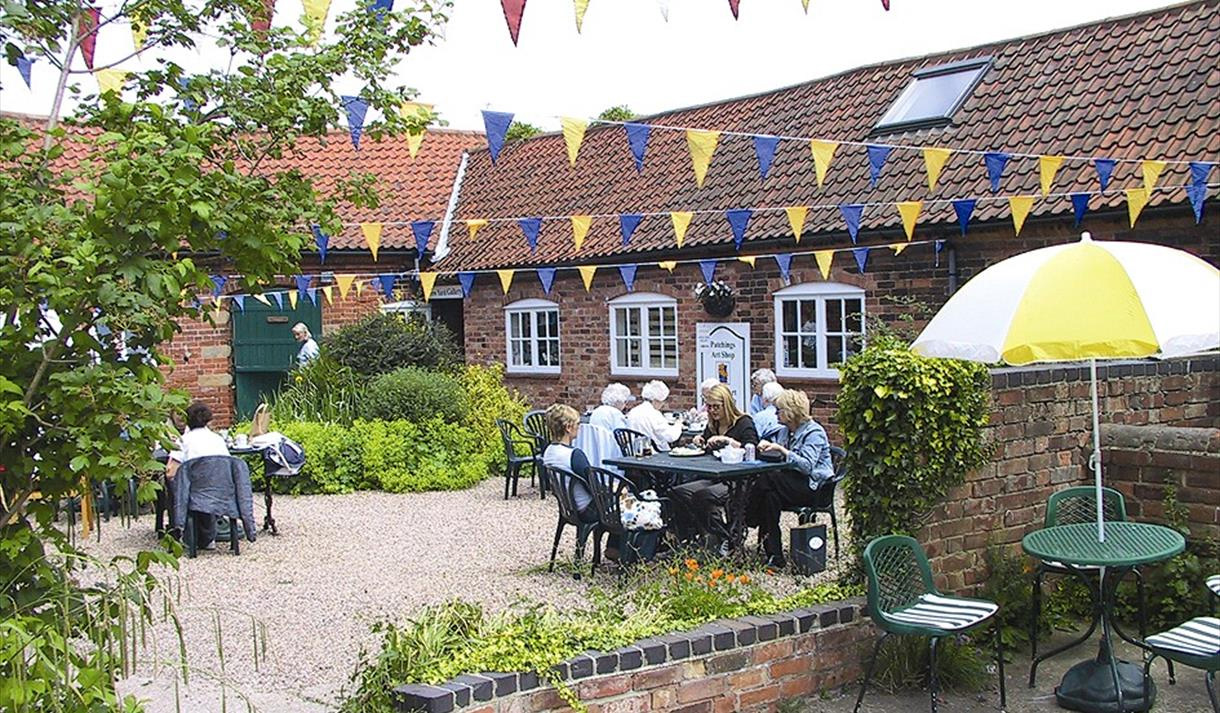
Ravenshead The ancient Pilgrim Oak, at the entrance to Newstead Abbey, was once the meeting place for pilgrims before they walked along the mile-long driveway to the former “Priory”. The village features a unique, modern parish church built in 1972, with a circular floor plan and a sweeping curved roof. Contact Details:
- Pilgrim Oak: NG15 9HH; on the roadside
- Parish Church: NG15 9FD; stpeterschurchravenshead.co.uk
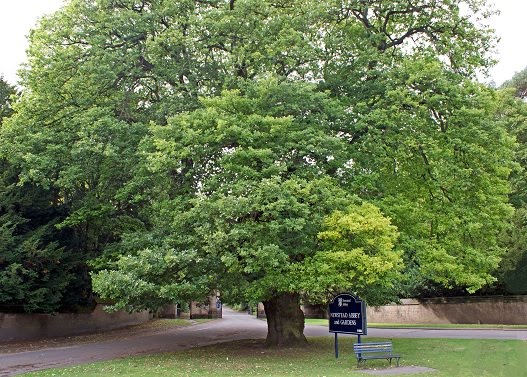
Stoke Bardolph This pretty village on the banks of the River Trent offers popular tranquil walks along the riverside. The Stoke Lock is a source of fascination. There is an interesting sewage works and farm, where raw sewage was spread; Nowadays, it is exported to local farms for use as high-grade fertiliser. Until 40 years ago, there was a ferry here which had operated for 700 years and gave the name to the Victorian Ferry Boat Inn, on the banks of the river. Contact Details:
- Village: NG14 5HU; for a walk leaflet visit: nottsguidedwalks.co.uk/Selfguided/stokebardolph.pdf
- Lock: NG: watersidemooring.com/537-stoke-bardolph-lock-l
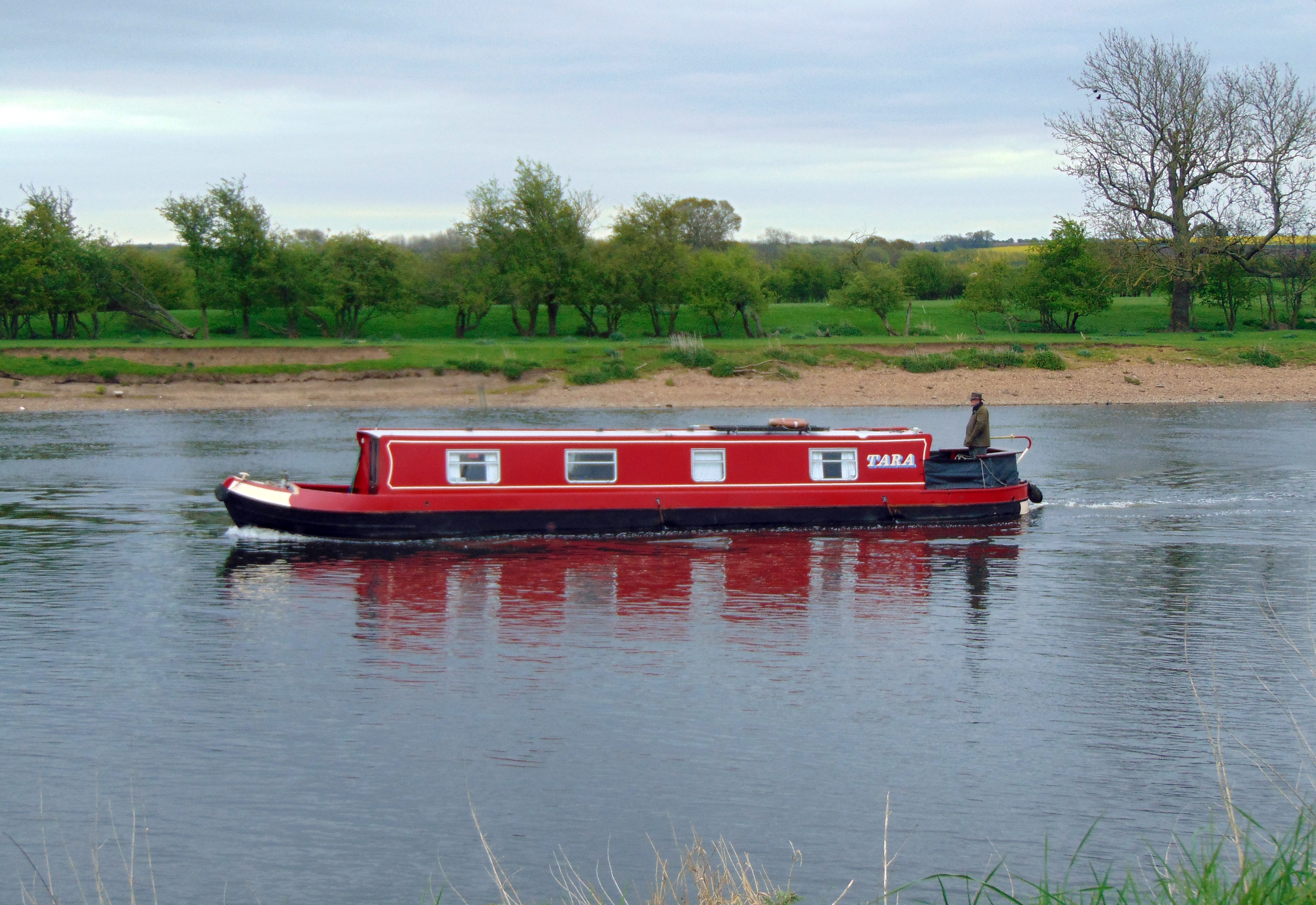
Woodborough This ancient village, with its 13th century parish church of St Swithun built on the site of a smaller 11th century Norman building, claims to be the source of the legend of St Swithun. The conservation area is home to several Framework knitters’ cottages as well as to other ancient buildings. There is a quaint brick- built Baptist chapel built in 1831 and a set of former Victorian stables, now converted into accommodation. Contact Details:
- Village: NG14 6EA; woodborough-heritage.org.uk
- St Swithun Parish Church: NG14 6DX; woodborough-heritage.org.uk
- Baptist Chapel: NG14 6DF; woodborough-heritage.org.uk/ahistoryofthechapel.html
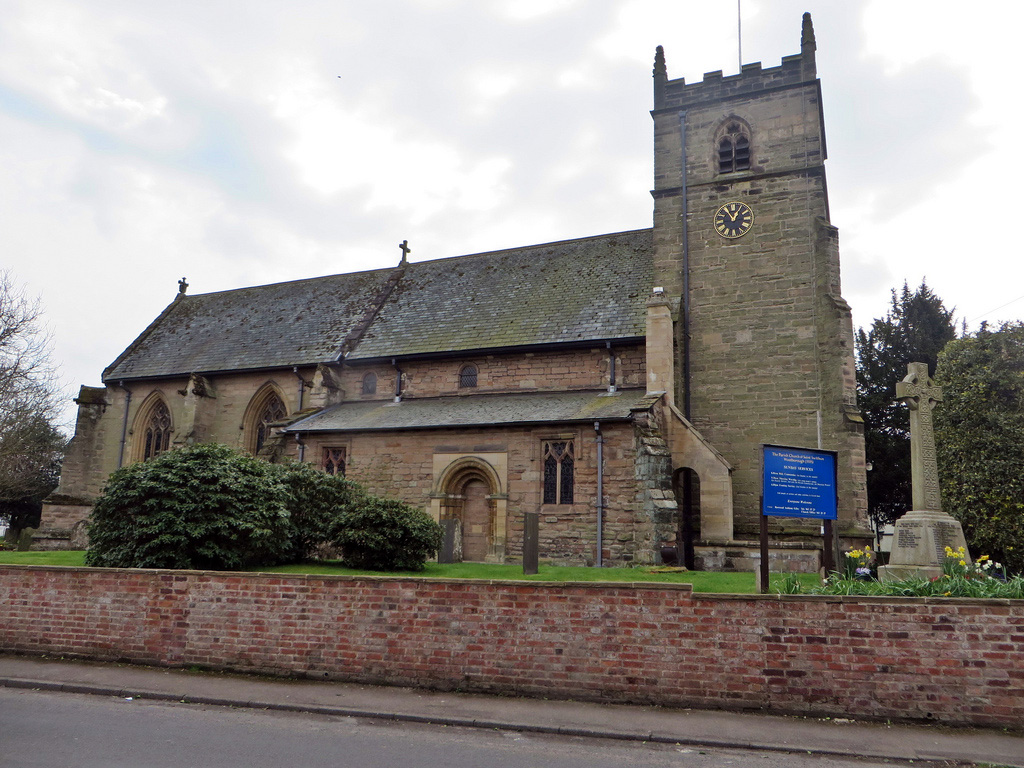
See also the Empedia Borough Trail: http://empedia.info/maps/220?resource=resource%2F3043
